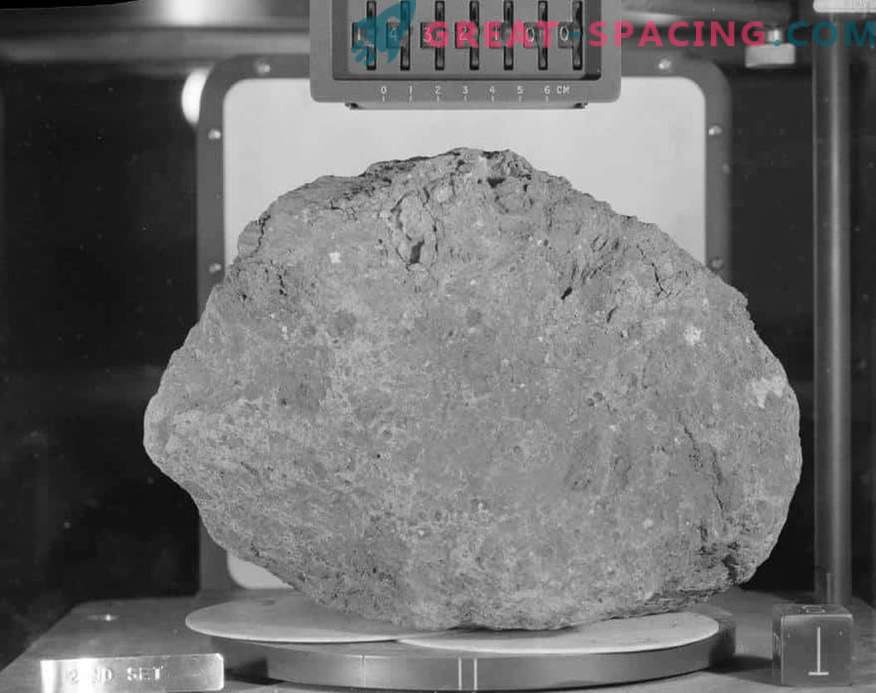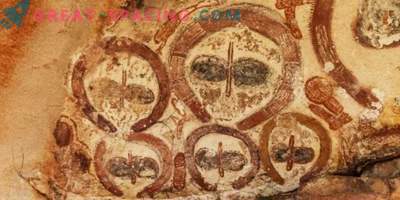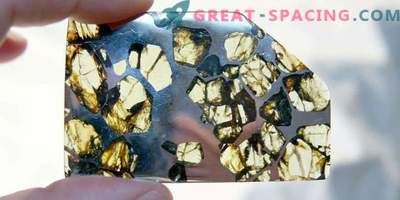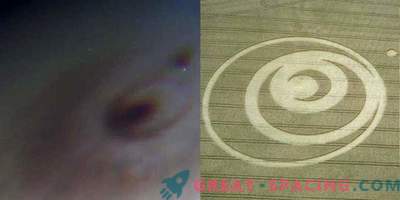
A recent analysis of lunar samples found that the collected rock during the Apollo 14 mission in 1971 contains traces of minerals, whose chemical composition is more suitable for the Earth and seems extremely unusual for the Moon.
The sample was leased from NASA to Curtin University, where scientists conducted a detailed study. The findings state that the 1.8-gram sample demonstrated mineralogy, which is extremely rare on the Moon. However, it is considered common to the Earth.

A sample of lunar rock collected by Apollo 14 mission astronauts.
Quartz was also found in the sample, which is unusual for an earth satellite. Having determined the age of the zircon found in the rock, it was possible to calculate the age of the rock itself. She is 4 billion years old, which resembles the most ancient stones on our planet. In addition, the chemical composition of zircon in the sample is very different from that in any other lunar rock. Scientists believe that the material was formed at low temperature, with the presence of water and in oxidized conditions. All this rather refers to the Earth and is rarely found on the Moon. Of course, there is an assumption that similar conditions could have been created in some small lunar regions.
But there is a more logical and simple explanation. This piece was formed on Earth and arrived on the Moon as a meteorite formed by an asteroid crashing into our planet about 4 billion years ago. Upon impact, a large amount of material appeared in outer space and on the moon.











































